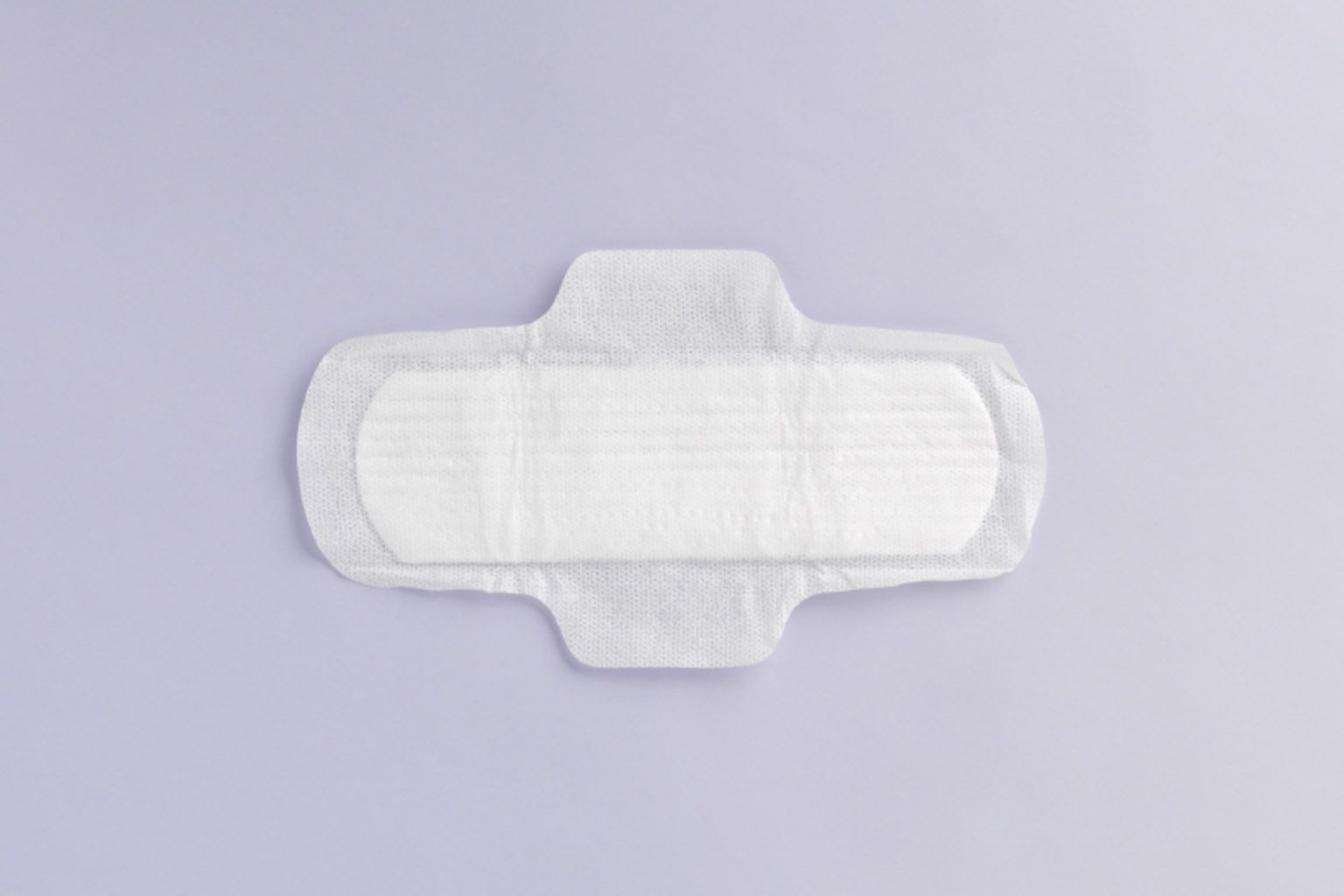Menstruation is an integral part of womanhood; it is the identity and a significant natural cycle every girl and woman goes through. And, sanitary napkins bring in the essence of that menstruation! It is a product that every woman uses, be it the organic or the non-organic kind of sanitary napkins.
How to Dispose of Sanitary Napkins?
Proper disposal of sanitary napkins is lacking in many countries across the globe- some dispose of them by flushing the pads down the toilet, some bury/burn them and some throw them away in pit latrines. This is not a proper way of sanitary napkin disposal. In schools and education institutions, girls dispose of sanitary pads in toilets. Also, sometimes due to lack of dustbins and garbage bins, many women leave the soiled pads either wrapped or unwrapped across the toilet corners. This is a severely unhygienic form of pad disposal. As such, some of the proper ways to dispose of pads include:
1. Incinerators
When the incinerators are effectively used as per the guidelines, there is less pollution. The incinerators are required to be operated at a specific temperature of around 800°C so that the machines emit less harmful gases. The machines can be installed in educational institutions and at the community level to encourage proper pad disposal.
2. Latrines with Chutes
Some toilets have a shoulder-level chute attached in the pit. The sanitary pads can be thrown in the pit and a chemical agent is added regularly which triggers the decomposition process of the sanitary napkins.
3. Developed Disposal Techniques
Institutions and organizations should introduce special covered bins that dispose of menstrual waste effectively. Disposal bags should be given by sanitary pad manufacturers which facilitate a proper disposal system.
Points to note:
- Menstrual waste should never be disposed of along with domestic waste.
- Sanitary pads should always be disposed of by properly wrapping them in newspaper and then throwing them in the dustbins.
- Proper disposal of sanitary napkins would be also safe for the rag pickers as the used pads wouldn’t expose the rag pickers to any kind of disease-causing pathogens.
Schools, institutions, and organizations should include a course and sessions on menstruation and menstrual hygiene to educate the womenfolk. Teachers at school should be trained enough to provide the basic information about a sanitary napkin, its use, disposal, and ways of maintaining proper hygiene during menstruation. The media should also take an active role in empowering and informing the girls and women about new menstrual products, various manufacturers of menstrual products, and government policies among others. There should also be subsidies offered on menstrual products so that they are accessible to all. Girls as well as women should be aware of the various consequences of improper disposal of used menstrual products so that they avoid the practices.
Benefits of An Organic Pad
In addition to the above, girls and women can also use reusable cloth pads or organic pads which are environment-friendly and help in a biodegradable decomposing state. An organic pad has the following benefits:
1. Breathable
Organic pads are a breathable product in comparison to their synthetic counterparts. The synthetic sanitary napkins have huge plastic content which can lead to skin irritation and allergic situations. The organic pads come with an absorbent cellulose core which absorbs the menstrual fluid and keeps the skin dry.
 Organic Pad
Organic Pad2. Comfortability
The synthetic pads have more synthetic fibers and less cotton, organic pads are filled with cotton. If you touch the organic pad, you can see that it is soft, bumpy, and 100% cotton.
3. Dryness
Though many women experience a bit of wetness in organic pads and think they are less absorbent, the case is the opposite. The wetness is solely because of the organic cotton in the pad as it is not perforated hence the wetness.
When it comes to a pad, organic pads are the best option for a healthy and better period experience!
Also Read: Pads vs Tampons Vs Menstrual Cups

